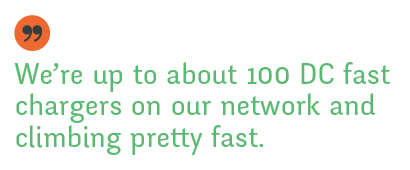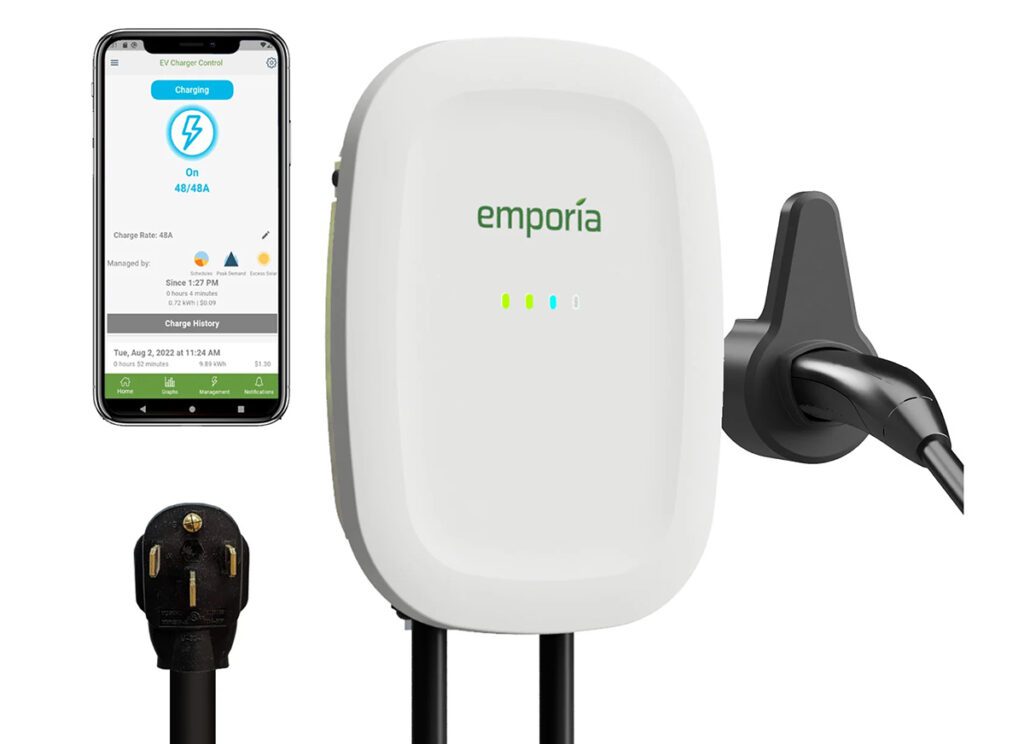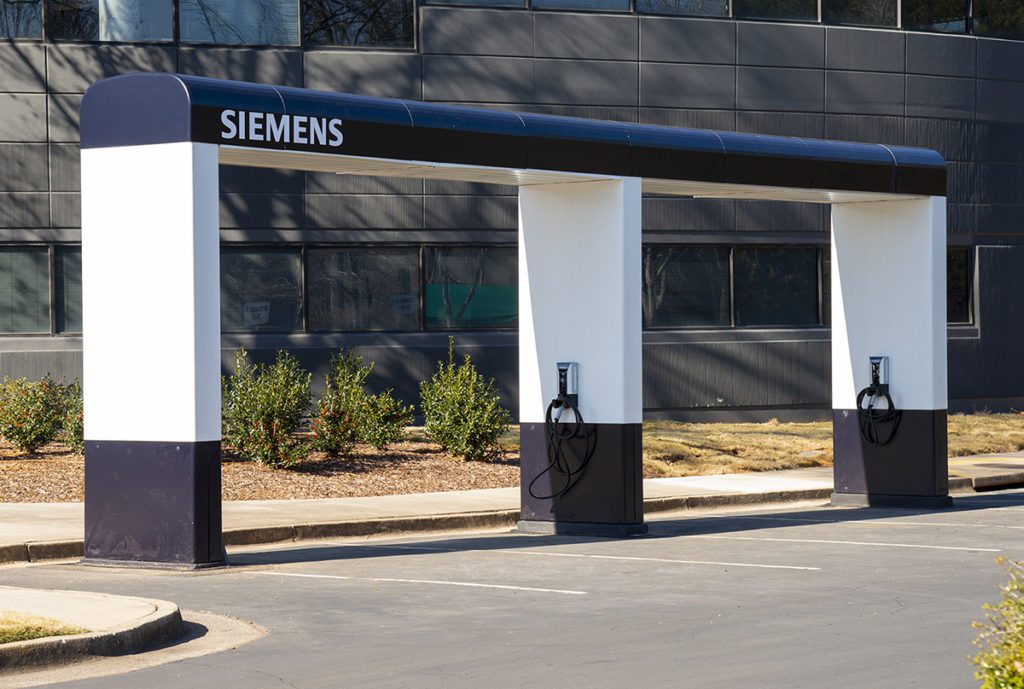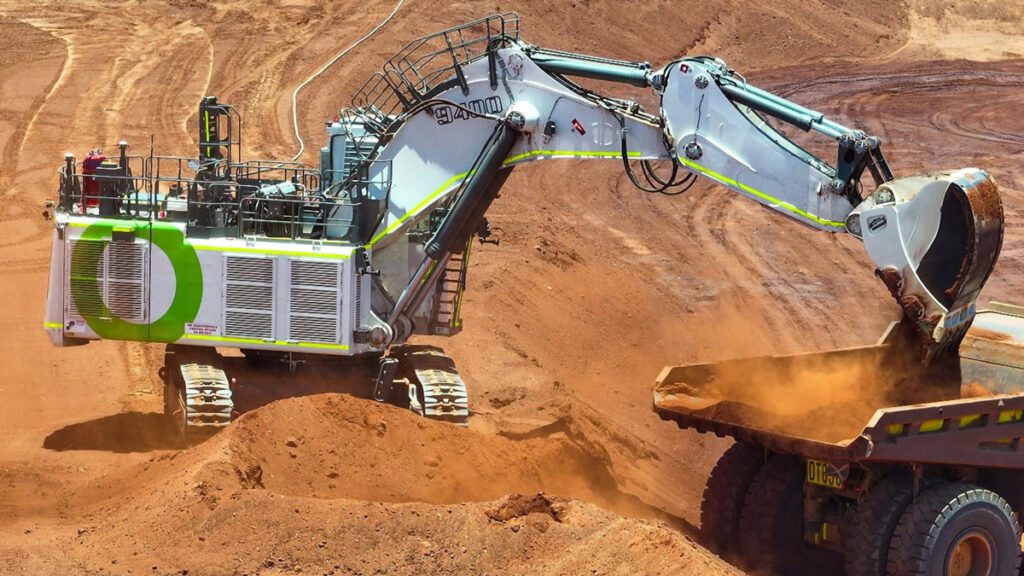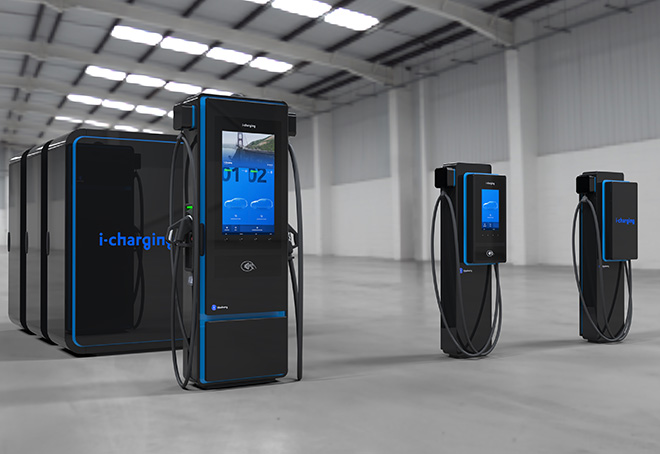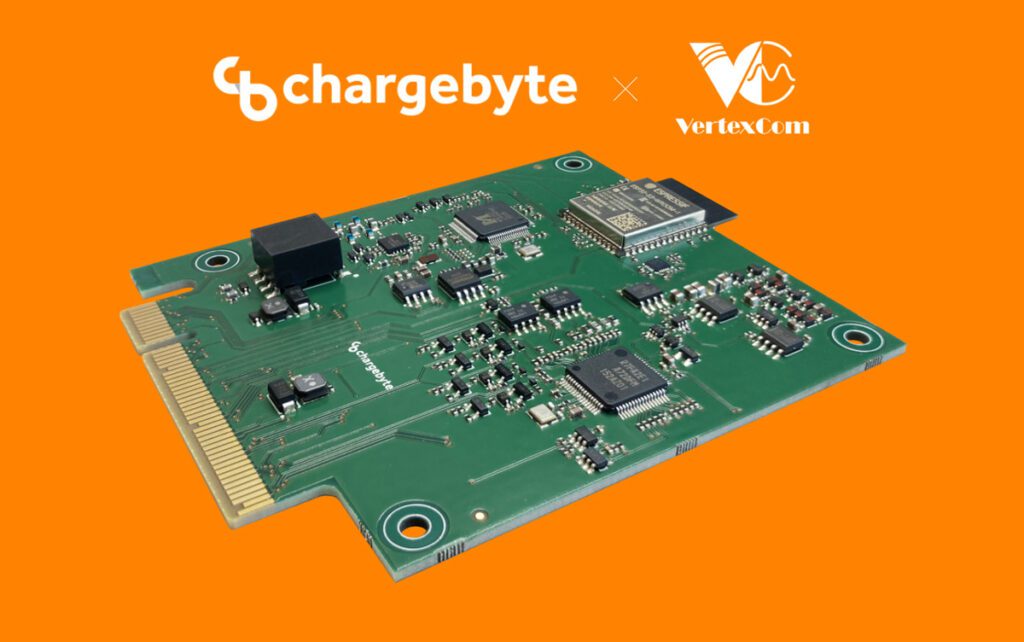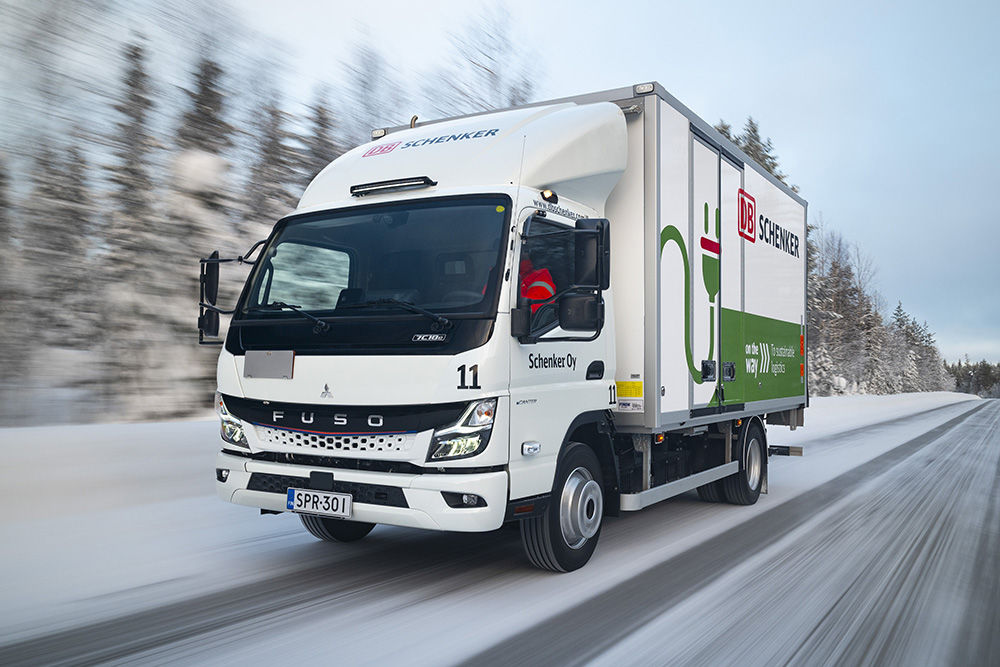In January 2009, ChargePoint installed its first charging station in downtown San Jose, California. Five years later, the company is the king of the charging networks and boasts over 20,000 charging spots in North America.
The company has a staggeringly high attach rate for new plug-in vehicle drivers. Somewhere between 70 and 80 percent of all new buyers sign up for an account. And ChargePoint says that its huge market share continues to grow, as stations are more pervasively deployed – with growth both in terms of new driver attach rates and existing drivers that sign up down the road.


With a clear stronghold in the public realm, ChargePoint has turned its sights to your garage wall. At the Consumer Electronics Show in January 2015, it announced a new residential product, appropriately named ChargePoint Home.
Charged caught up with CEO Pasquale Romano for more details.
Charged: There are many different options for residential Level 2 charging stations, and ChargePoint is predominantly known for its large public network. Tell us about the timing of ChargePoint Home. Why launch it now?
Pasquale Romano: As a company, you have to pick where you spend your time and money. We felt that the biggest impediment to people buying plug-in vehicles was a lack of public infrastructure. So we focused on that bigger problem. As we all know in this industry, if we can’t get more people driving EVs, the rest of it doesn’t really matter. We wanted to get to the point where the market was well developed and stable before we expanded our development efforts into the home.
About a year ago we decided to embark on a big home development project. In the long run, we think it’s absolutely necessary to be in all segments, because we always look at things from the perspective of the EV driver. The driver doesn’t want to deal with a different universe of tools and applications when they’re home versus when they’re at work or out shopping. We want to service drivers no matter what they’re doing.
We’re also focused on making sure that we have enough DC fast chargers on the network and in the right locations. In the DC market, highways are a bit underserved, so we want to make sure we have that covered. We’re up to about 100 DC fast chargers on our network and climbing pretty fast. We would like to get that up significantly.


Charged: How will the ChargePoint Home integrate with your current platform?
PR: We’re big believers that everything you plug your car into should be connected to a cloud network service, whether it’s a competitor or us. We want to leverage the fact that everything ChargePoint makes is connected. So, you’ll get all of your charging reports in one place so you see how much energy you use at home and how much you use when you’re not home. You’ll see it all on one convenient dashboard, and one mobile app on your phone. These network services are free and included with the product. We’re not going to charge you a monthly fee. Just buy the product and it’s connected.
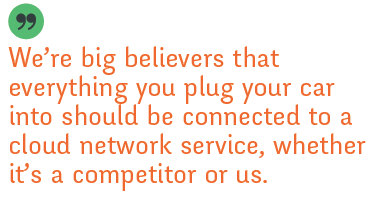

We’ve also focused on all the little convenience features that make this thing awesome. It’s super easy to set up the WiFi from your mobile phone. How you ever forgotten to plug in your car and then woken up in the morning in a cold sweat? We’re going to have auto-reminder features that will tell you when you forgot. And because it’s connected to your WiFi, we can even warn you on your phone if your home network goes down or your password is changed. When the ChargePoint mothership sees that it’s not connected to the charger anymore, we can still send you a text message.
We’re going to do some great things with scheduled charging, that are well beyond what cars do now. You can schedule things to flexibly reflect how you use your car on weekends versus during the week and how your utility rates may change. You can optimize not only for your lifestyle but your electric bill.
There is also the option for integration with Nest’s home automation products. We are going to make sure we’re connected to the kinds of things in your house that are relevant, and the platform will continue to expand.


Charged: Tell us about your strategy for designing the hardware. How is it different from other products on the market?
PR: It’s super-sleek. A small footprint, high capacity and just well designed. We haven’t announced pricing yet, but it’s going to be very cost-competitive out of the gate. And it will have interchangeable cords, which will be a huge cost advantage long term. The cords will be offered in lengths of 12, 18, or 25 feet, and rated for 16 or 32 amps.


You can pick the right length for your garage. I don’t know about you, but I’ve got a lot of constraints on where I can put a charger on my garage wall. There are cabinets, bicycles and all kinds of other stuff. And every time a new EV comes out, they put the connector in a different spot, so there’s no optimal place for the charger. You really need flexibility in the cable. So the base unit is always the same and can provide current up to 32 A. It auto-detects the cable and provides the right power.
You can upgrade the cable at any time. Let’s say you have a Prius Plug-in. ‘I don’t want to spend the extra money on a high-amperage cable, I just want to buy a 16 A cable.’ Then you go from a Prius Plug-in to a Tesla Model S. ‘Now I want 32 A, and the hatch is on the other side of the car, so I want a longer cable.’ It turns out that the cost of the cable relative to the unit is high because there’s so much copper in it. It’s just a fact of life when you’re buying a big heavy copper cable. So, if you only need a short cable with 16 A capability, we can ship that and it’s far less expensive than a long one rated for 32 A.
The base unit is very small. We could have made it smaller, but felt that it would be cumbersome, because you need a place to hang the cord. The body of the unit is really limited by being a convenient place to store the cord.
The coupler is plugged into the sphere in the center of unit. It swivels so you can find a comfortable angle depending upon how tall you are and how high you mount it on the wall. It swivels down and hangs the handle out of the way. The sphere is also backlit, and glows in different colors to give you an idea of what state the charger is in.
It’s all these little features that make the ChargePoint Home awesome. The reason the Nest thermostat is so great is that they’ve paid attention to all the little things. That’s what we’re doing with the mobile app features, the reminders, the scheduled charging, the reports in one spot, the selectable cable, etc. You can even install the same unit with a range plug or by hardwiring it. It’s really flexible.
Charged: What are the benefits of working with Nest?
PR: Nest wants to use every possible indicator of presence detection, and one of the easiest is when you just rolled into your garage and plugged your car in. So at a minimum we’re going to be another source of presence detection for a Nest environment in your house.


With Nest Protect, if the thermostat senses a fire in your home or anther power emergency, ChargePoint Home will automatically shut down.
Both Nest and ChargePoint are looking at the future of home energy management, [and we’ll be able to] communicate with each other, especially during times of high demand on the grid. Nest’s Rush Hour Rewards Program encourages users to reduce their electricity usage during hours of peak demand. When an electric utility sends Nest a signal to reduce energy usage, Nest will communicate to ChargePoint Home to slow down the amount of power Home is pushing to your car. This helps to prevent excess grid load and avoids charging EV drivers when electricity is at its most expensive. Of course, the user can opt out if they want to continue receiving full power from ChargePoint Home.


In the future, should Nest, or any company, begin to do more things with energy management, we will be able to integrate with that too.
We’re primarily a software company. Even though we make great hardware, we spend most of our time and effort trying to make the software super-simple, very usable and well integrated with things people use in their house. The goal is to bring our drivers a lot of value.
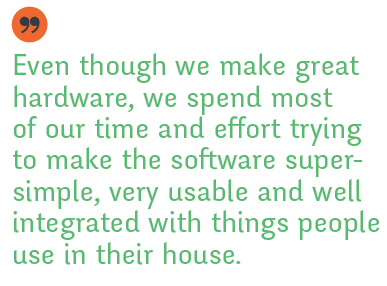

Charged: How do you feel about the way the EV market has developed in the past few years?
PR: We’re thrilled with the way the market has developed, and that comment is tempered by the fact that we’re also very practical. It takes a long time to develop a lot of different models of plug-in vehicles. It’s not a simple thing to design. We’re most excited about the number of new models that are going to be coming out. It will give drivers many more options. There are a lot of folks that would buy an EV, except there is no option that fits their budget, or their needs, or aesthetics. Now they are getting more and more options, and we think that’s going to be a huge accelerant. We also think that people are starting to trust that it’s a mainstream technology. It’s proven. It’s moving to mass market very quickly, and we’re super-excited about 2015. I think it will be a watershed year for the industry.
Charged: Do you think low gas prices will have a noticeable effect on EV adoption?
PR: It’s too early to call. There was a decline in EV sales in the last couple of months, but it fell in proportion to the decline in overall auto sales. People are just buying fewer cars for the last couple months, we don’t know why. The BEV/PHEV mix has shifted slightly more towards BEVs in the last several months, and we’re speculating that’s people waiting for the new Chevy Volt. They know it’s coming, so there are some Volt buyers sitting on the sidelines. It’s going to be a great car.
Right now we don’t see any relationship between falling gas prices and reduced EV penetration, just based on the statistics that we have today. And we think that when the new Volt comes out we’ll have a nice pop in sales from the backlog of buyers on the sidelines. There are other great models that are coming out as well.
Now it’s a drivetrain choice. It’s not so much about economics, because people understand that while gas prices are low now, over the life of your car, what’s the likelihood that they stay down? It’s not very likely. People are smarter now. They trust EVs. In the long term, buyers are starting to understand that driving electric is just a better way to drive.
This article originally appeared in Charged Issue 17 – January/February 2015




